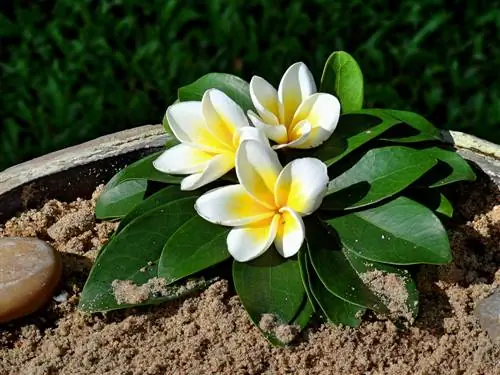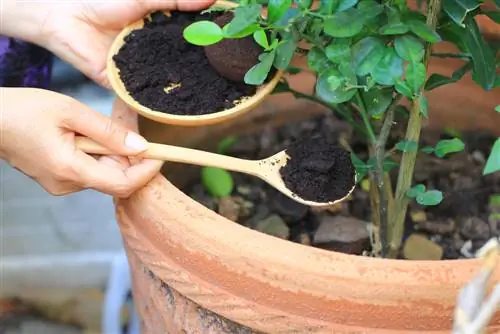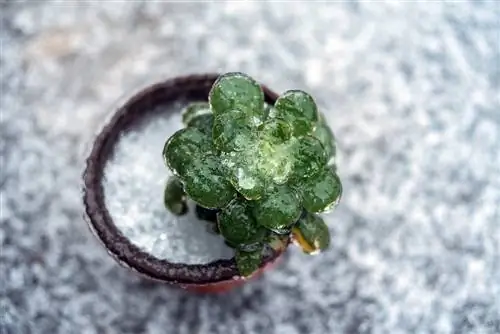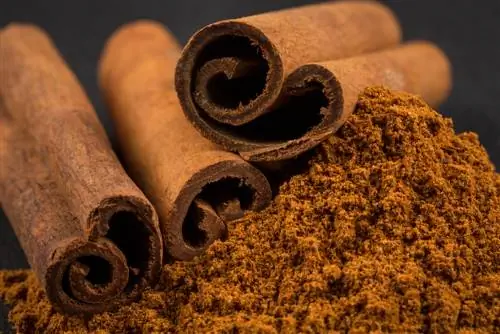- Author admin [email protected].
- Public 2023-12-16 16:46.
- Last modified 2025-01-23 11:22.
Who wants to have pests on their plants? On the other hand, you will hopefully also be interested in avoiding the use of chemicals when gardening. How do you get rid of the fungus gnat? Sand is a good alternative to pesticides. On the one hand, it is inexpensive, and on the other hand, neither the plant nor the pests are harmed. Read how it works here.

How to fight fungus gnats with sand?
To combat fungus gnats with sand, simply apply a layer of coarse sand to the plant substrate. This dries the substrate surface, prevents egg laying and drives away the pests without damaging plants or fungus gnats.
How does sand control work?
Repelling fungus gnats with sand is very simple. All you need is coarse sand, which you can find anywhere in nature or at the construction yard. If the mixture contains gravel or small stones, it doesn't bother you at all. Apply a layer of sand to your plant substrate. Really every area should be covered to prevent pests from accessing the potting soil.
Consequences for the fungus gnat
Like all pests, the fungus gnat has certain preferences that cause it to multiply at lightning speed. Moist soil in particular plays into the hands of the pests. Potting soil stores water well and should therefore be covered with a layer of sand. If you dry the substrate surface in this way, the adult females will look for another location to lay their eggs. The best thing about this method is that it doesn't harm your plants or kill the fungus gnats. The pests are simply driven away.
Why take action against the brood of all things?
Many gardeners fear adult parasites in particular. In the case of fungus gnats, however, these are just a nuisance but harmless to your plant. They feed exclusively on dead plant parts. In addition, they only have a life expectancy of a few days when fully grown. The larvae, on the other hand, suck the sugar from the leaves, causing them to die over time. By preventing breeding in the potting mix with sand, once the existing generation dies no more will follow. Here is an overview of the life cycle of the fungus gnat:
- Eggs, brood hatches after about 5 days
- Larva, goes through different stages within two weeks
- Doll, about seven days
- Adult fungus gnat, lays eggs, dies after a week






